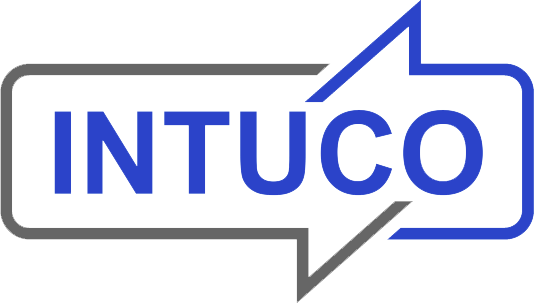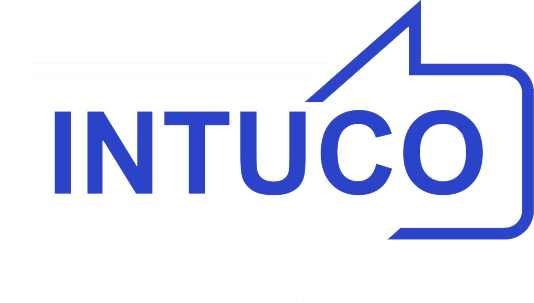In the ever-evolving landscape of business, two key imperatives define success: cost optimization and resource scalability. By mastering these intertwined concepts, organizations can cultivate financial sustainability, operational efficiency, and the agility to adapt to an ever-changing global marketplace.
Unleashing Growth Potential: Strategies for Cost Optimization and Scalability
Companies can leverage a multifaceted approach to optimize costs and scale resources effectively:
- Cost Reduction Analysis: Conduct a comprehensive cost-benefit analysis across all departments, identifying areas for potential cost reduction. This may involve streamlining operational processes, renegotiating vendor contracts, and implementing leaner supply chains.
- Resource Allocation Optimization: Evaluate current resource allocation and prioritize investments that foster growth and align with strategic goals. This may involve reallocating resources from underperforming areas to high-potential initiatives.
- Technology Integration: Leverage automation, cloud computing, and data analytics to optimize resource utilization and improve operational efficiency. Utilizing technology can streamline tasks, reduce administrative burdens, and offer real-time data insights for improved decision-making.
- Building Scalable Teams: Foster a culture of adaptability and skills development within your workforce. This allows your team to flexibly adapt to changing demands and acquire new skills as the company scales, reducing dependency on external resources and ensuring seamless operation during growth stages.
- Strategic Partnerships: Collaborate with strategic partners and outsource non-core functions when it provides both cost-efficiency and access to specialized expertise. This allows companies to focus on their core competencies while gaining access to specialized resources and expertise.
The Competitive Advantage: Why Prioritize Cost Control and Scalability
Optimizing costs and scaling resources offer significant benefits to organizations across various aspects:
- Enhanced Financial Sustainability: By reducing unnecessary expenses and allocating resources efficiently, companies improve their financial health. This reduces dependence on external funding, provides a buffer during economic downturns, and allows for reinvestment in growth initiatives.
- Increased Operational Efficiency: By streamlining processes and leveraging technology, companies achieve more with less. This translates to faster turnaround times, improved productivity, and reduced operational costs, ultimately contributing to a stronger bottom line.
- Increased Adaptability and Growth Potential: By building a scalable infrastructure and fostering a flexible workforce, organizations are better positioned to capitalize on emerging opportunities and adapt to changing market demands. This agility allows them to respond quickly to competition and market shifts, paving the way for sustainable growth.
Navigating the Business Landscape
- Return on Investment (ROI): By controlling expenditure and allocating resources strategically, companies can maximize the return on their investments. This allows them to invest in R&D, product development, and marketing initiatives that drive revenue growth and improve profitability.
- Employee Retention: A financially stable and growing organization offers a secure and promising work environment for employees. This contributes to increased employee satisfaction, engagement, and loyalty, reducing turnover rates and associated costs.
- Competition: Organizations that can operate efficiently and adapt quickly are better equipped to compete effectively in a dynamic market. By optimizing costs and scaling resources, they can offer competitive pricing, invest in innovation, and respond swiftly to market shifts, gaining a competitive edge.
- Technological Challenges: The rapid pace of technological advancements presents a constant challenge. Organizations that can optimize costs have the flexibility to invest in new technologies as needed, allowing them to stay ahead of the curve and maintain their competitive edge.
How Cost Optimization and Scalability Fuel Success?
Companies that master the art of optimizing costs and scaling resources enjoy significant advantages in the pursuit of market share:
- Market Entry and Expansion: By operating efficiently and minimizing costs, companies can enter new markets more easily and expand their reach without facing significant financial burdens. This allows them to tap into new customer segments and increase their market share.
- Enhanced Brand Reputation: A company known for its financial stability, operational efficiency, and innovative approach attracts customers looking for reliable and sustainable partners. This positive brand reputation strengthens customer loyalty and increases brand advocacy, contributing to market share growth.
- Investing in Customer Experience: Optimizing costs and scaling resources can free up resources for companies to invest in customer experience initiatives. This could involve offering superior customer service, developing innovative products, and implementing personalized marketing strategies, ultimately leading to increased customer satisfaction and loyalty, translating into higher market share.
Optimizing costs and scaling resources are not mere financial strategies, but essential tools for organizations to navigate the complexities of the business landscape. By implementing these crucial strategies, organizations can ensure long-term sustainability, enhance their ability to adapt, and unlock their full potential for growth and market leadership.







